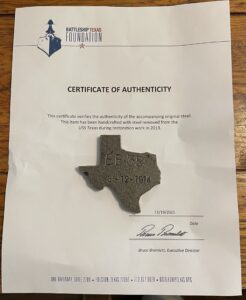Sliman Bensmaia. He wasn’t somebody I’d heard of before his obit was published, but he sounds like a person whose passing leaves a hole in the world.
Dr. Bensmaia was a neuroscientist. His specialty was the sense of touch, and how it worked.
Dr. Bensmaia was a postdoctoral fellow at Johns Hopkins University in the 2000s when the Defense Department, faced with a mounting number of wounded veterans returning from Afghanistan and Iraq, committed $100 million to prosthetics research.
Scientists were making enormous strides in the field of brain-controlled prosthetics, but giving users of such devices a sense of touch was still largely uncharted territory. Patients could not actually feel what they were doing: whether a material was rough or smooth, if it was moving or stable, even where their limb was in space.
Dr. Bensmaia (pronounced bens-MAY-ah) saw his task as taking the next step: understanding how the brain receives and processes information through touch, which in turn could allow prosthetics to perform more akin to an organic limb.
…
He and his team would connect electrodes to areas of the monkeys’ brains, poke spots on their hands and then analyze where the brains received that sensory information, as well as how the animals reacted. They then used electrodes to simulate those pokes, in an attempt to mimic the experience.
“When you imagine moving your arm, that part of the brain is still active, but nothing happens due to the lost connection,” he told the magazine Wireless Design and Development in 2014. “The idea behind the project was to stick electrodes in the brain and stimulate it directly to produce some percepts of touch to better control the modular limb.”
Most scientists focus their labs on either pure or applied research. Dr. Bensmaia’s group — some two dozen undergraduates, grad students, postdocs and technicians — managed to do both. He employed neuroscientists, but also teams of engineers and computer programmers.
“He ran his lab like a small company,” David Freedman, a neurobiologist at Chicago, said in a phone interview.
Such coordination was necessary for the complicated work Dr. Bensmaia engaged in. The sense of touch involves a wide array of finely measured inputs — pressure, heat, movement, hardness — all of which are communicated to the brain through some 100 billion neurons and 100 trillion synaptic connections.
…
Dr. Bensmaia was 49.
Terry Funk, noted professional wrestler.
He also did some acting, including “Road House”: IMDB.
Nancy Frangione, actress. Other credits include “Buck Rogers in the 25th Century”, “In the Line of Duty: A Cop for the Killing”, and “Matlock”.
This isn’t quite an obit, but Stephen Wolfram wrote a really long (35,000+ words) remembrance of his friend Edward Fredkin. (Previously.)
